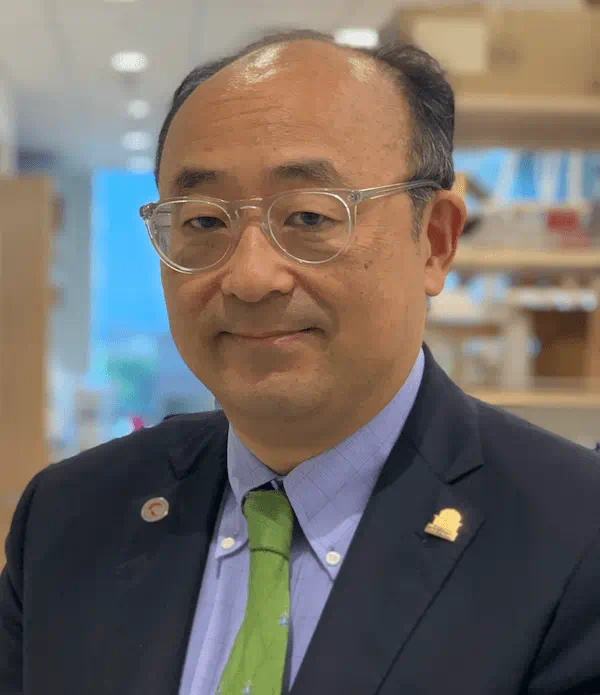A single breakthrough can change everything. In the 1960s, Michigan State University researchers discovered cisplatin, one of the world’s most effective cancer-fighting drugs, with support from the National Institutes of Health and the National Cancer Institute. It transformed treatment for millions of patients and launched a wave of Spartan-led research that’s still saving lives today. From understanding the origins of cancer to engineering precision therapies, MSU scientists continue to push the boundaries of what’s possible in the fight against this disease.
More than 250 researchers with Henry Ford Health + Michigan State University Health Sciences are working on solutions for better diagnosis and treatment for cancer patients. They bring together diverse expertise across disciplines and, often, one advancement contributes to another. This is the beauty of discovery. Many of these researchers receive funding from federal agencies as well as other sources.
Improving the outlook for pancreatic cancer patients
Pancreatic cancer is one of the deadliest cancers with an average survival of just nine months after diagnosis. Roughly 66,000 people are diagnosed in the U.S. each year. To change this grim outlook, researchers from Henry Ford Health and MSU have joined forces to improve diagnosis and treatment.

“When I started as a pancreatic cancer researcher in 2017, the goal was to get five-year survival rates into double digits,” says Jennifer Klomp, assistant professor in the Department of Medicine in the MSU College of Human Medicine. “Now we’re at 13%, and I think that number is going to increase significantly, very quickly.”
Klomp works with fellow MSU researcher and husband Jeff Klomp as part of a wider effort led by Howard Crawford, a senior researcher at Henry Ford Health who created a research team focused on pancreatic cancer. Together, the researchers are studying how cancer cells communicate and are focusing on RAS, a gene known to drive cancer. Although RAS has been a challenging target for drugs, new RAS inhibitors are showing promising results, shrinking tumors and potentially making surgery possible for some patients.
The collaboration also includes a large, diverse biobank of blood and tumor samples, helping researchers worldwide. With these joint efforts and cutting-edge research, the outlook for pancreatic cancer patients is becoming more hopeful, and the team believes major improvements in survival rates are on the horizon.
This research is funded by the National Cancer Institute of the National Institutes of Health.
Read more on MSUToday.


